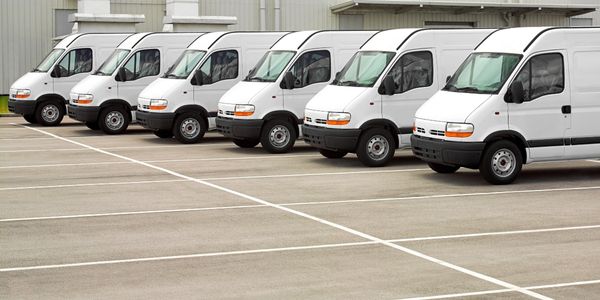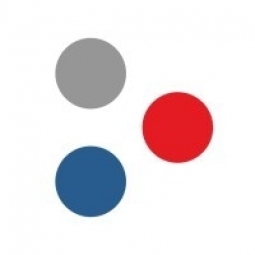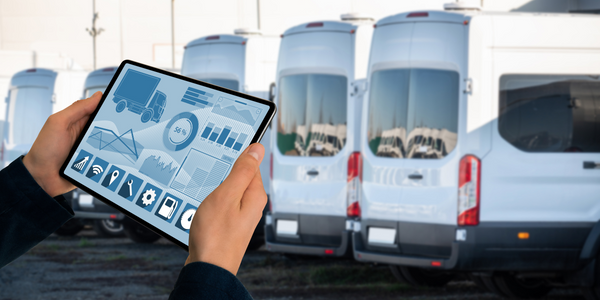下载PDF
Pest Control Company Benefits from More Than $1,000 Per Month in Fuel Savings
技术
- 传感器 - 全球定位系统
适用功能
- 物流运输
- 现场服务
用例
- 车队管理
- 实时定位系统 (RTLS)
服务
- 系统集成
挑战
Invader Pest Management, a leading pest control company in Phoenix, Arizona, was facing a significant challenge in controlling fuel costs. With gas prices hovering around $3-4 per gallon, the management was keen on understanding their exact expenditure and whether it was justified. Additionally, they needed to monitor how long their technicians were spending at each job location. This data was crucial in assessing the productivity of their technicians and determining if they could handle more jobs per day.
关于客户
Invader Pest Management is a prominent pest control company based in Phoenix, Arizona. The company has been in operation for over 17 years, providing top-notch pest control services to its clients. Despite its success, the company was grappling with high fuel costs and needed a solution to monitor and control these expenses. Additionally, they wanted to track the time their technicians spent at each job location to assess their productivity and determine if they could handle more jobs per day.
解决方案
Invader Pest Management chose GPS Insight as their GPS tracking partner to address their challenges. The GPS tracking system allowed them to monitor their vehicles in real-time, leading to more efficient dispatching of technicians. They could now send technicians to customer locations immediately, knowing which truck was closest and which technician had the most time to take the job. This improved productivity and led to more jobs being completed per day. The GPS Insight reports also helped them verify when technicians started and ended their day, improving payroll accuracy. Additionally, the system provided vehicle diagnostic information and service reminders, helping them maintain their vehicles in optimal condition and reduce downtime.
运营影响
数量效益
相关案例.

Case Study
Leading Tools Manufacturer Transforms Operations with IoT
Stanley Black & Decker required transparency of real-time overall equipment effectiveness and line productivity to reduce production line change over time.The goal was to to improve production to schedule, reduce actual labor costs and understanding the effects of shift changes and resource shifts from line to line.

Case Study
IoT-based Fleet Intelligence Innovation
Speed to market is precious for DRVR, a rapidly growing start-up company. With a business model dependent on reliable mobile data, managers were spending their lives trying to negotiate data roaming deals with mobile network operators in different countries. And, even then, service quality was a constant concern.

Case Study
Vehicle Fleet Analytics
Organizations frequently implement a maintenance strategy for their fleets of vehicles using a combination of time and usage based maintenance schedules. While effective as a whole, time and usage based schedules do not take into account driving patterns, environmental factors, and sensors currently deployed within the vehicle measuring crank voltage, ignition voltage, and acceleration, all of which have a significant influence on the overall health of the vehicle.In a typical fleet, a large percentage of road calls are related to electrical failure, with battery failure being a common cause. Battery failures result in unmet service agreement levels and costly re-adjustment of scheduled to provide replacement vehicles. To reduce the impact of unplanned maintenance, the transportation logistics company was interested in a trial of C3 Vehicle Fleet Analytics.

Case Study
Zonar Takes the Wheel with a M2M Solution
Zonar’s fleet management solutions collect, report and analyze data before, during and after a vehicle’s trip. The company needed Machine-to-Machine (M2M) connectivity to enable communication between in-vehicle devices and back-end systems. To deliver high volumes of potentially sensitive information from and to moving vehicles – and keep pace with its rapid business growth – Zonar wanted a highly secure solution that it could easily manage and that had the required national and global reach.

Case Study
Jaguar Land Rover Speeds Order-to-Cash Cycle
At Jaguar Land Rover, vehicles physically move around the facility for testing, configuration setting, rework and rectification, leading to a longer search time to get each vehicle to its next process facility. The main goal is to minimize the vehicles' dwell time between end of line and the delivery chain which was previously a manually intensive process. Jaguar Land Rover's goal was to build on the success of an earlier RFID project and improve the efficiency of delivering vehicles to meet dealer orders.






